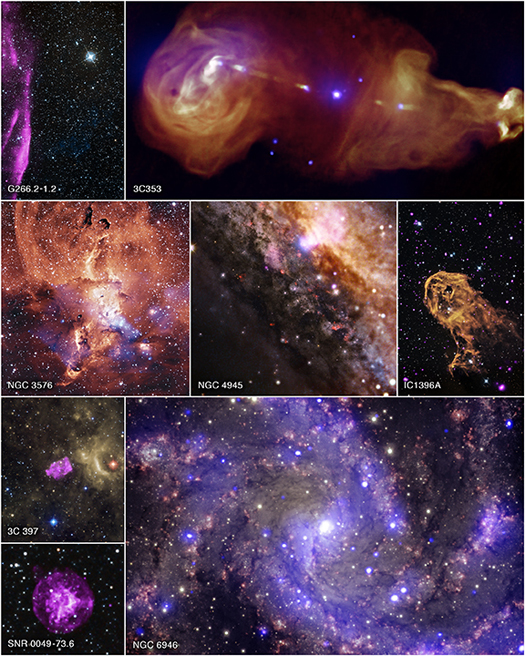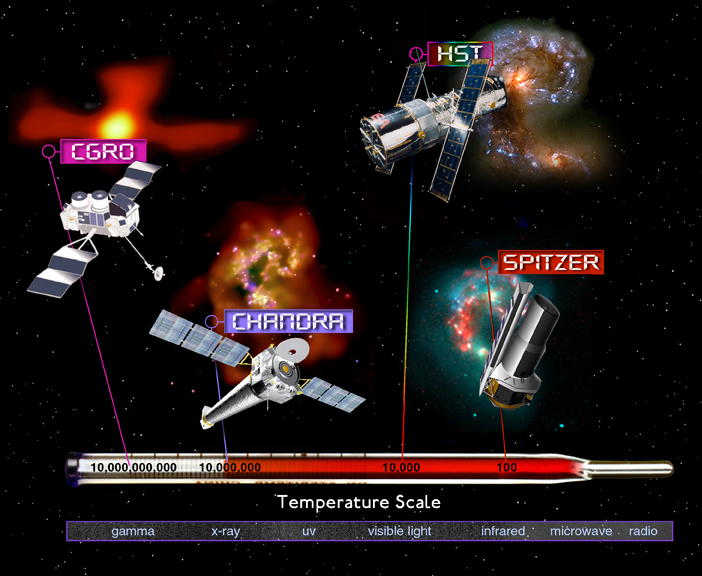Getting a Sense of Place in our Universe
Submitted by chandra on Wed, 2013-11-06 11:40The biggest science news this week, by far, has been a new study suggesting that Earth-sized planets in habitable zones may be very common. This is exciting news – who wouldn't want to have more cosmic planetary friends out there that maybe one day we'll be able to explore? By the latest accounts, there could be billions of Earth-like planets out there in our Milky Way galaxy.






